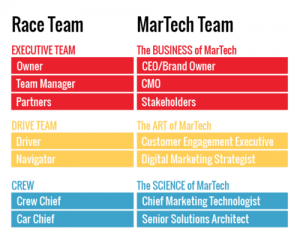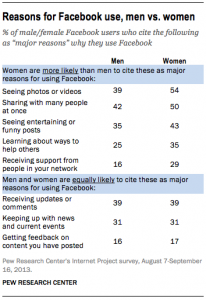Your deadline seems far out, but you know it’s going to sneak up on you quickly. Your staff is growing as your business amps up for the seasonal peak before you’re struck with a request for maternity leave.
Since you know you’re going to lose an employee for a generous amount of time and you don’t have the budget to bring someone on full-time for long-term, it’s time to turn to the gig economy.
More employers are going through similar situations nowadays, which is why there are now 27 million on-demand workers, according to a February report from Workmarket.
Organizations foresee a shift — 51 percent of the 3,300 business leaders surveyed in a 2015 report from Deloitte say their need for contingent workers will grow in the next three to five years.
But it’s uncharted territory for many employers, which can be stressful and even dangerous to the company. Let’s take a look at the challenges employers face when they hire gig workers and how to overcome them:
Classification
Exercise caution when dealing with gig workers. Companies like Uber and Lyft were hit with lawsuits from drivers who demanded to be treated as employees. The employers labeled them as independent contractors.
Ultimately, in 2015, California ruled that an Uber driver should be defined as an employee, which resulted in the company reimbursing the employee more than $ 4,000.
These types of lawsuits raise interesting questions, forcing companies to tread lightly when they consider participating in the gig economy. Research the law and educate yourself before making hiring decisions.
The Department of Labor (DOL) defines employ as “to suffer or permit to work.” The worker is an employee if “as a matter of economic reality, the individual is dependent on the entity,” that is, the company.
Classification also depends on the permanency of the relationship, the importance of the worker’s tasks when it comes to the business, and whether the work requires special skills or initiative. Make sure you know how to properly hire and classify members of your team.
Source of Hire
Once you determine how to classify your contract workers in a legal manner, you face another major obstacle — finding the best candidates. This is tough due to the endless recruiting opportunities through multiple online resources like Elance, Fiverr, and Upwork.
Where does one even begin to sift through the candidates?
The first step is identifying the scope of the project and the budget you have. When you paint a picture of the project, you can communicate your needs and expectations more clearly.
The best way to do this is by writing an accurate job description that specifically details what is needed. Clearly define what your company values, what the project entails, and how the role will impact the organization. Lay out what the ideal candidate looks like — qualifications, values, experience, etc.
Next, you need to know who you are hiring. Post your accurate, comprehensive job description on a website that contract workers use, or ask employees for referrals. Once you start attracting candidates, conduct some online research and begin vetting them.
The Process of Vetting
A 2015 CareerBuilder survey found that 73 percent of employers admit that making a bad hire is far more costly than leaving a position open. This is why properly vetting applicants is crucial.
To thoroughly evaluate a candidate’s qualifications, ask the right questions regarding their experience to gauge the validity of their claims. For example, how did they resolve an issue when their team failed to meet a deadline? Can they provide examples of when they were faced with a challenge beyond their field of expertise?
At this point in the process, the applicants know what you expect out of them. Now you must confirm they possess the skills they claim to have.
Ask for a few professional references who can vouch for them. If they’ve been working in the gig economy for some time, they will have a few previous employers who can provide examples of their quality work.
Additionally, read reviews on their online accounts, seek out portfolios, and administer tests so they can demonstrate the level of knowledge they claim to have.
Company Culture
Maintaining a positive culture and environment is difficult when you bring in contractors. They may feel isolated when they don’t get the kind of support from a traditional employer-employee relationship.
Also, a disconnect may occur when full-time employees and contractors are working side-by-side, as contractors are aware they are not receiving the same benefits. Both scenarios damage morale and decrease productivity.
To avoid this, try to hire people with a good amount of experience. If the contract worker has several projects under their belt, they are most likely accustomed to relating to various company cultures and should possess a strong business acumen and utilize good professional etiquette.
It’s also important to conduct performance reviews to build a relationship with gig workers. If they are great, you may want to hire them down the road for more work. If they aren’t so great, you learn to avoid them.
How are you participating in the gig economy and what kinds of solutions have you found?
Business & Finance Articles on Business 2 Community(21)
Report Post




